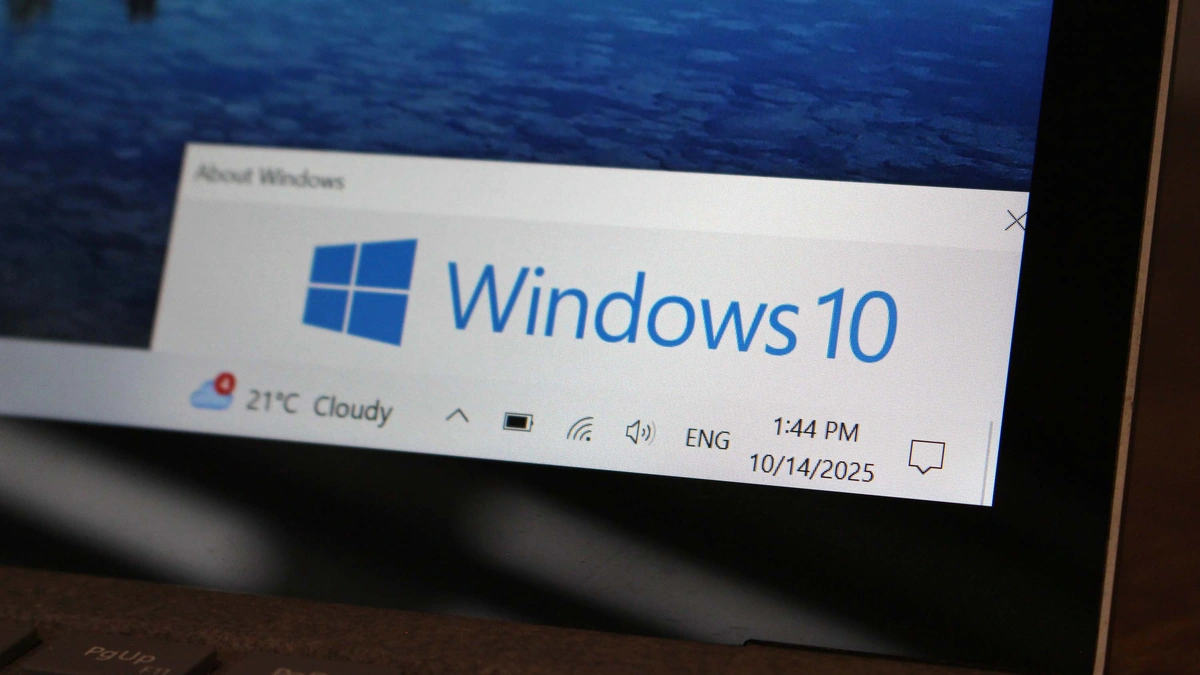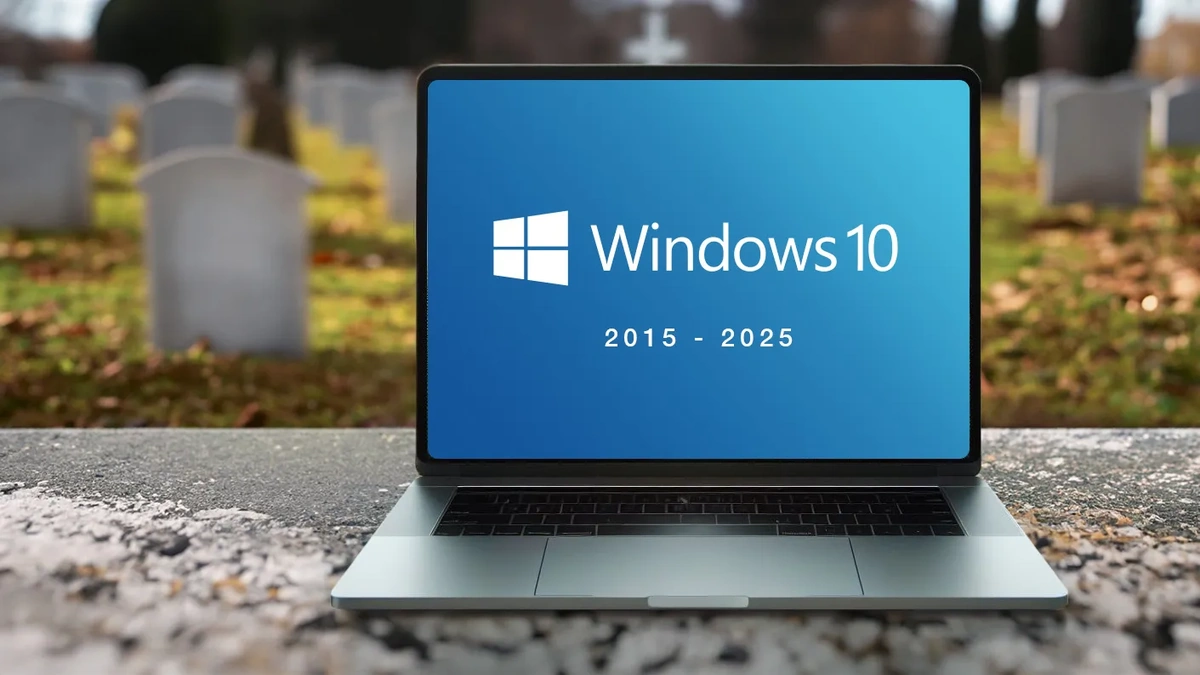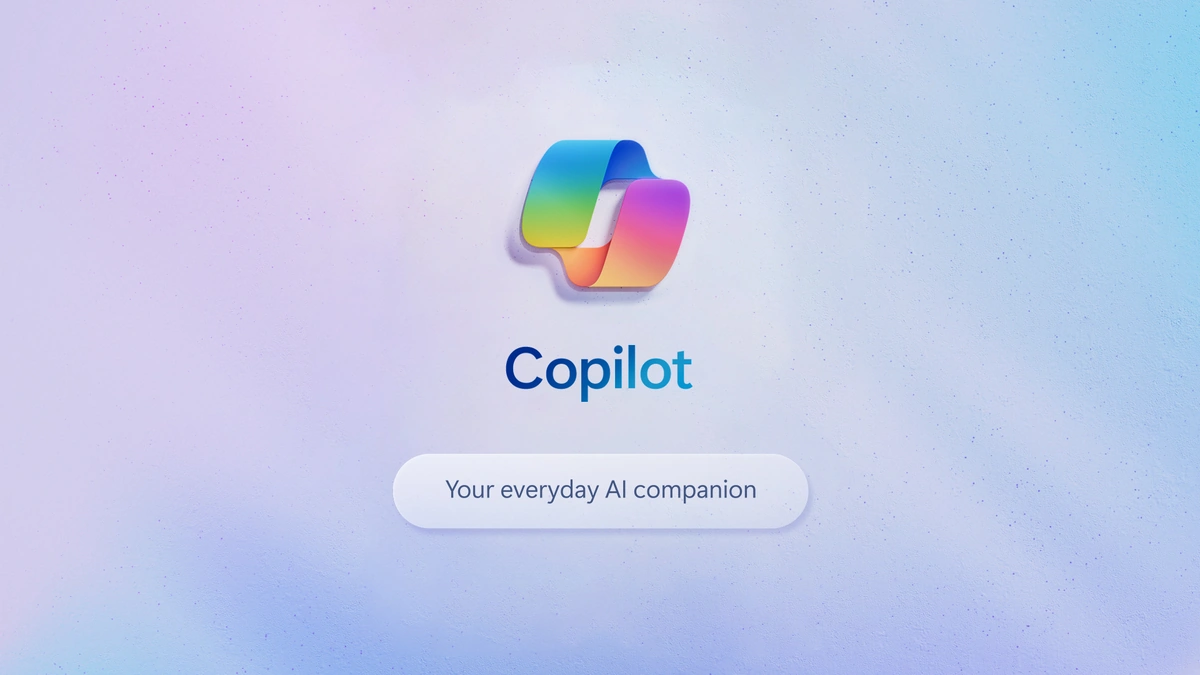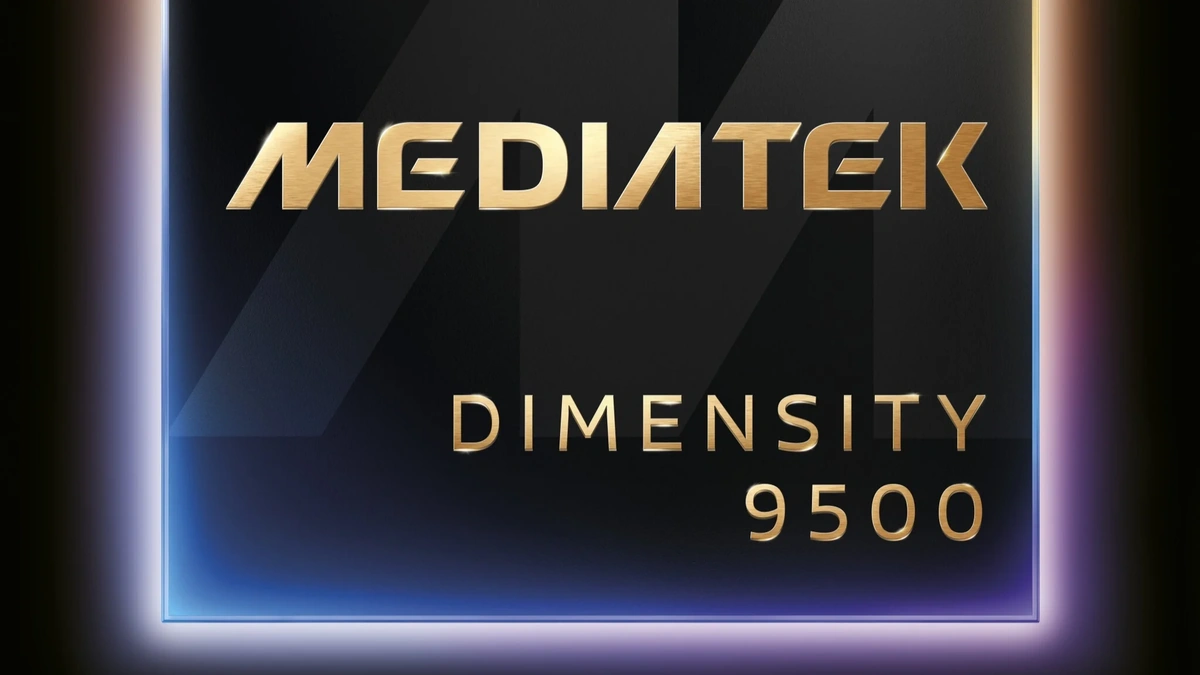5 Misconceptions About Windows 10 End of Life
So, Windows 10 is reaching its end of life (EOL). You’ve probably heard the news. But here’s the thing: what you think you know might be wrong. Let’s be honest, the tech world loves to throw around terms like “end of life” without really explaining what it means for regular folks like us. I mean, are your precious family photos and that half-finished novel on your laptop about to vanish into thin air? Absolutely not. Let’s dive into the Windows 10 EOL and clear up some common misunderstandings.
Misconception #1 | My Computer Will Stop Working Entirely

This is probably the biggest fear. The idea that your computer will suddenly brick itself the moment Windows 10 support ends. Relax. That’s not how it works. Think of it like this: it’s more like your favorite old car. It still runs, but it’s not getting any new safety features or engine upgrades. According toMicrosoft’s official FAQ, your PC will continue to function. You just won’t receive any more security updates, feature updates, or support. Which, yes, is a problem, but not an instant apocalypse.
Misconception #2 | Upgrading is My Only Option
Okay, Microsoft wants you to upgrade to Windows 11 . No surprise there. But it’s not the only path. You have options! One option is to purchase Extended Security Updates (ESU). This allows you to continue receiving security updates for up to three years. Extended Security Updates (ESU) aren’t free, and the price increases each year. But it could buy you some time. A common mistake I see people make is that they don’t look into the hardware requirements for Windows 11 before attempting an upgrade. Not all older machines can handle it. Another option? Explore Linux distributions. There are user-friendly versions like Ubuntu or Mint that can breathe new life into older hardware. You might be surprised. I initially thought Linux was only for techies, but it’s become incredibly accessible. Check outUbuntu’s websitefor more info.
Misconception #3 | I’m Safe as Long as I Have Antivirus Software
Antivirus software is important. No question. But it’s not a silver bullet. Think of it as one layer of protection, not the entire fortress. When Microsoft stops providing security updates, your system becomes increasingly vulnerable to new threats. It’s like having a great lock on your front door but leaving the windows wide open. According to cybersecurity experts, relying solely on antivirus after the end of support is a risky move. So, while your antivirus might catch some things, it won’t protect you from everything. Your online security should be your top priority. Here’sa linkto learn more!
Misconception #4 | The End of Life Date is a Hard Deadline
The official end-of-life date is October 14, 2025. Mark it on your calendar. But what happens on October 14th, 2025? Does your computer explode? No. It just means that after that date, there will be no more free security updates. What fascinates me is how many people think they can just ignore the deadline. It’s like ignoring the expiration date on milk – you might get away with it for a day or two, but eventually, things will turn sour. While some features may linger for a while, running an unsupported operating system increases your security risks over time. So, yes, it’s a deadline to take seriously. Here’s anotherlinkto explore!
Misconception #5 | End of Life Means My Data is Lost
Absolutely not. Your files, programs, and cat videos will remain untouched. The Windows 10 end of life doesn’t erase your data. However, it does make it more vulnerable. Think of it like storing valuables in an unprotected house. The items are still there, but they’re easier to steal. Before making any big changes (like upgrading or switching operating systems), back up everything important. Use an external hard drive, cloud storage, or both. I always recommend the “3-2-1” backup strategy: three copies of your data, on two different media, with one copy offsite. It sounds intense, but trust me, it’s worth it for peace of mind. This is where your data backup comes in.
FAQ
Will my apps stop working after Windows 10 end of life?
Most apps will likely continue to function, but compatibility issues may arise over time as developers optimize for newer operating systems.
Can I still use the internet on Windows 10 after the end of life?
Yes, you can still use the internet, but it will be riskier due to the lack of security updates.
What if I don’t want to upgrade to Windows 11?
Consider purchasing Extended Security Updates (ESU) or exploring alternative operating systems like Linux.
Is it expensive to upgrade to Windows 11?
The cost depends on whether you need to purchase a new license or if you qualify for a free upgrade. Check Microsoft’s website for details.
How do I back up my data before the end of life?
Use an external hard drive, cloud storage, or both. Copy all important files and folders to your chosen backup location.
Will my computer slow down after Windows 10 end of life?
The end of life itself won’t directly slow down your computer, but the lack of updates and potential security vulnerabilities could indirectly impact performance over time.
So, there you have it. The Windows 10 end of life isn’t the end of the world. It’s a transition. And like any transition, it requires planning and informed decisions. Don’t panic. Take a breath. And choose the path that’s right for you. Remember to prioritize system security to keep your computer safe.













